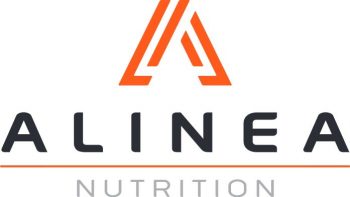*Geek Box: Basis of Circadian Rhythms
So, how and why do we even have a chronotype in the first place? It’s one of the cooler aspects of human biology, and indeed the biology of nearly all organisms on the planet. It is because of the planet we evolved on, and the fact that every day, this globe revolves around an axis with a period of 24 h.
Within this 24 h rotation, there is a light phase – when we’re facing the sun – and a dark phase – when we rotate away from the sun. The exact period of light depends on the season, which relates to the Earth’s revolving around the sun, and the latitude of the specific place you are on the planet. Virtually all organisms on the planet have evolved internal, biological rhythms to synchronise the timing of different physiological processes and related behaviours to the Earth’s daily rotation.
If we were to take you and put in a blacked-out bunker or cave, with no light or other time-cues, your circadian rhythms would still run with the same pattern, however, they would not be exactly 24 h in length [with interindividual and ethnic differences, the range of the free-running period may be between 23.7 h – 25.0 h].
To synchronise these rhythms to the exact 24 h period of the Earth’s rotation, organisms like ourselves rely on signals from the environment, of which light is the most potent. Specialised cells in your eyes have evolved with exquisite sensitivities to different intensities and spectral compositions of light, and there is a dedicated pathway going from the retina to a densely concentrated connection of neurons in the hypothalamus, known as the suprachiasmatic nucleus, or SCN for short. This is known as the ‘central clock’.
However, extending how fascinating the circadian system is, every single cell in your body has its own internal “clock”. These circadian clocks in organs and tissues, like the digestive tract, liver, adipose tissue, skeletal muscle, etc., are known as the ‘peripheral clocks’. We now know that these peripheral clocks can shift, independent of the central clock, in response to other time-cues, in particular meal timing.
Humans are diurnal mammals, meaning that we are active during the day. Conversely, our mammalian cousins, rodents, are nocturnal, and their active phase is during our dark phase, i.e., night-time. The timing of food intake, when aligned to the daytime, waking and active period, serves to reinforce the synchrony of circadian rhythms with the appropriate time of day.
However, characteristics of modern society brings into collision both disruption to the circadian system [e.g., artificial light exposure, ‘social jetlag’] with traditional risk factors for cardio-metabolic disease [e.g., energy-dense food, ubiquitous food supply availability]. Consequently, the interaction between circadian rhythms and the modern environment may be important for metabolic health.
